What is the tolerance range of precision screws?
What is the tolerance range of precision screws?
Service Hotline
+86760-8787 8587We have more than ten years of production experience in the screw industry, the main products are: American bolts, outer diameter 4.2 negative SOO, 304 core pulling nails, red copper flat head rivets, outer multi-washers, alloy crescent pads, ellipse screws and screws, and equal height limit bolts ,Injection copper inserts, supply fastener screws, square aluminum profile accessories rectangular nuts, equipment fastening screws, connection model aircraft body aluminum rods with internal hexagon nuts, external hexagon wall screws and bolts, flat cup screws, spacers and Fasteners such as washers, due to the different materials and specifications of the products, the prices are also different, please contact us if necessary.


As a special kind of rivet parts, the rivets for shrinking brake pads are used in the accessories of the automobile industry. The original brake pad rivets do not have a chamfered structure, so the materials cannot be normally fed during assembly, or there are burrs, which lead to unqualified batches. When improving this structure, many manufacturers in the same industry often solve the problem by machining chamfering, but for brake pad rivets with thin thickness, it is impossible to achieve the problem of beating and bad material after chamfering processing.
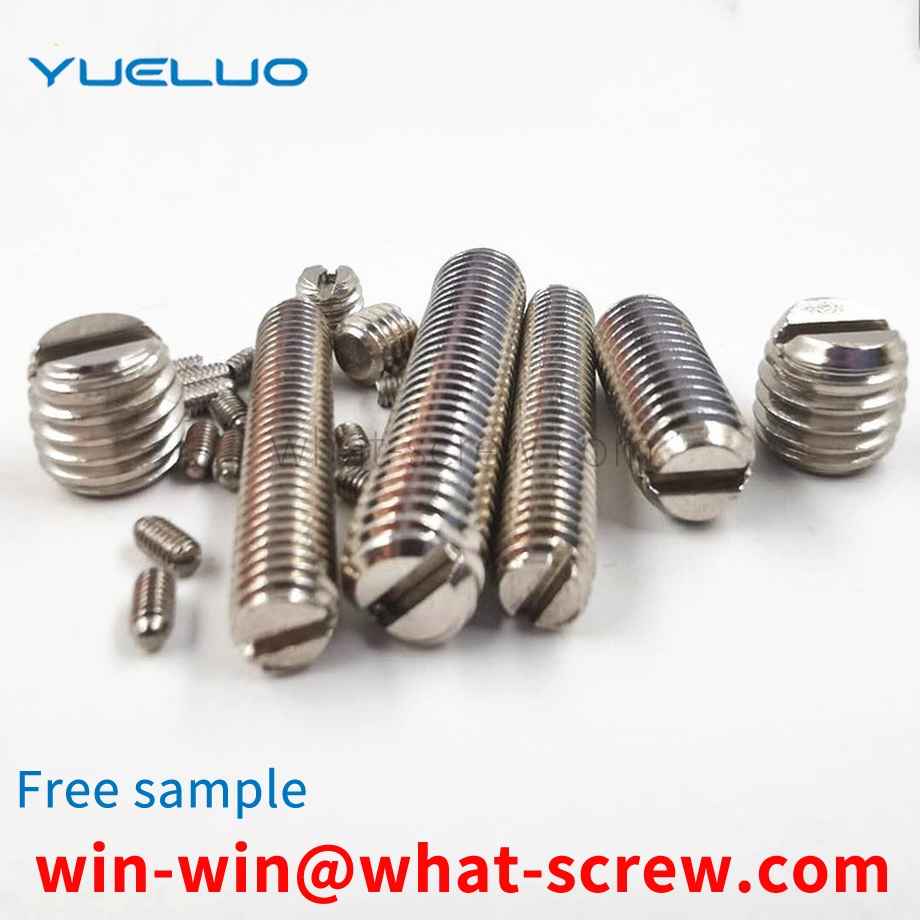
Nuts are parts that tightly connect mechanical equipment. Through the inner threads, nuts and bolts of the same specification can be connected together. For example, M4-P0.7 nuts can only be connected with M4-P0.7 series bolts (in the nut). Among them, M4 means the inner diameter of the nut is about 4mm, and 0.7 means that the distance between the two threads is 0.7mm); the same is true for American products, for example, a 1/4-20 nut can only be matched with a 1/4-20 screw ( A 1/4 finger nut has an inner diameter of about 0.25 inches, and 20 fingers have 20 teeth in each inch).
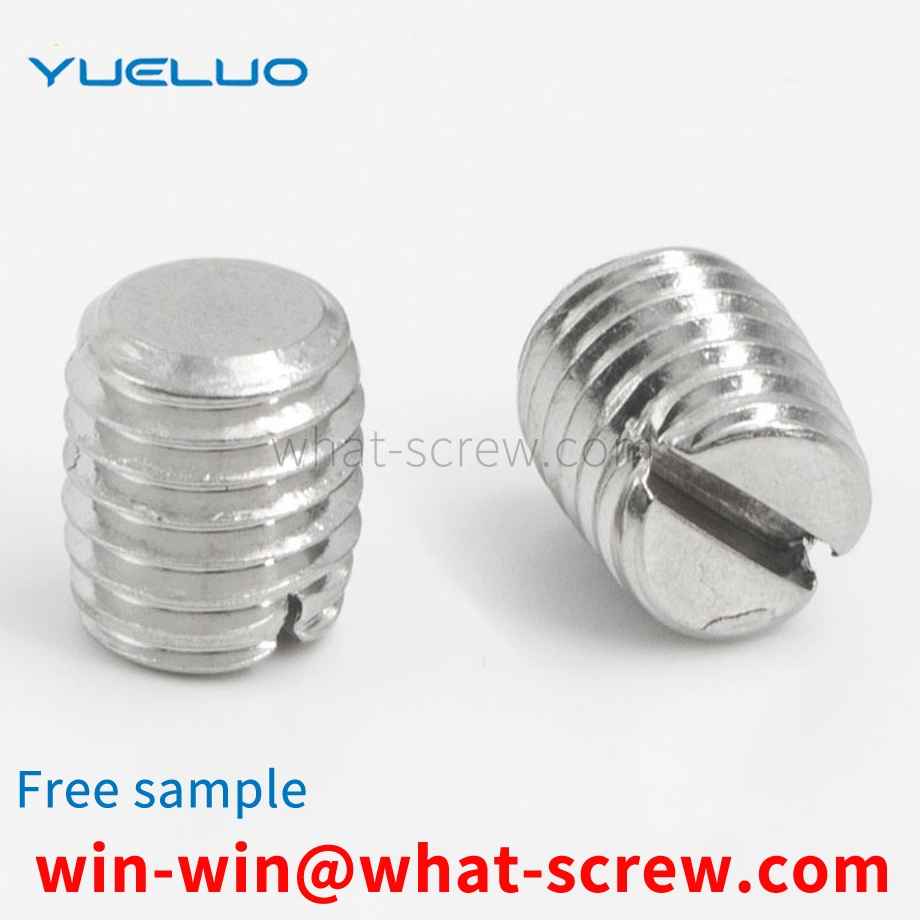
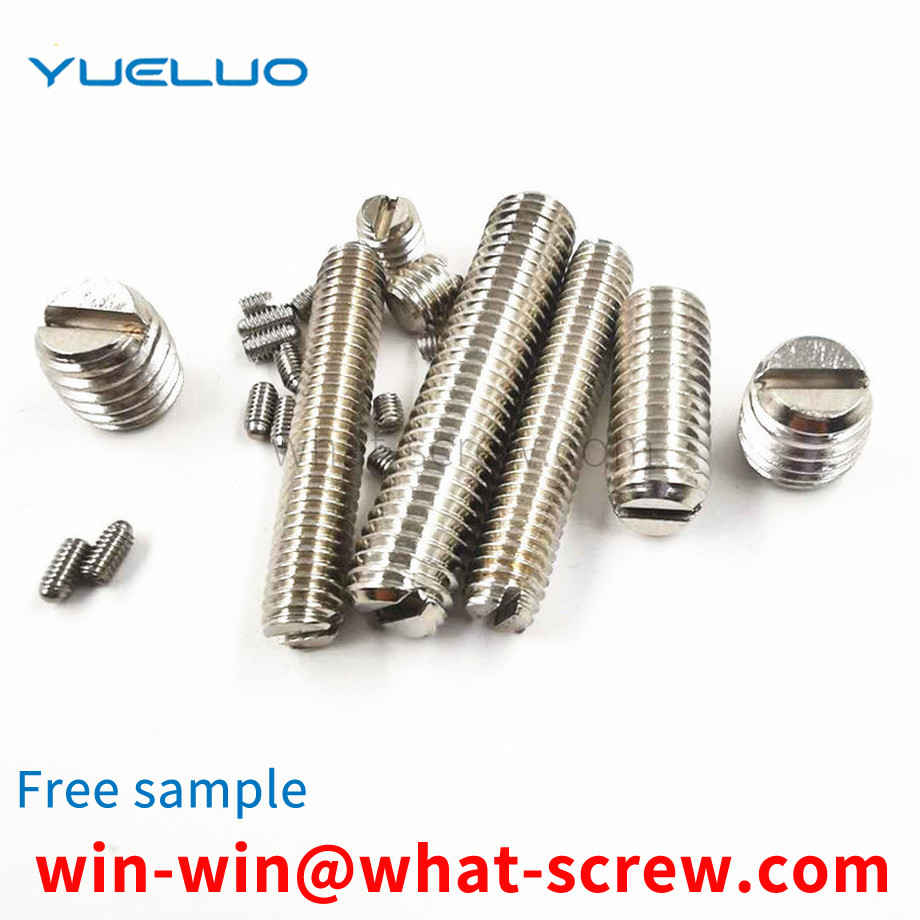
Hexagon nuts are usually used in conjunction with bolts and screws to connect and fasten parts. In daily life, ordinary hexagon nuts are sometimes welded to metal plates for use. In the process of welding hexagon nuts to metal plates In order to ensure that the center line of the inner thread of the hexagonal nut is perpendicular to the metal plate, it is necessary to press the end face of the hexagonal nut on the metal plate before welding. Part of the melt is melted. Since the weld is close to the inner thread of the hexagonal nut, the inner thread is often deformed, which affects the fit of the hexagonal nut and the bolt.
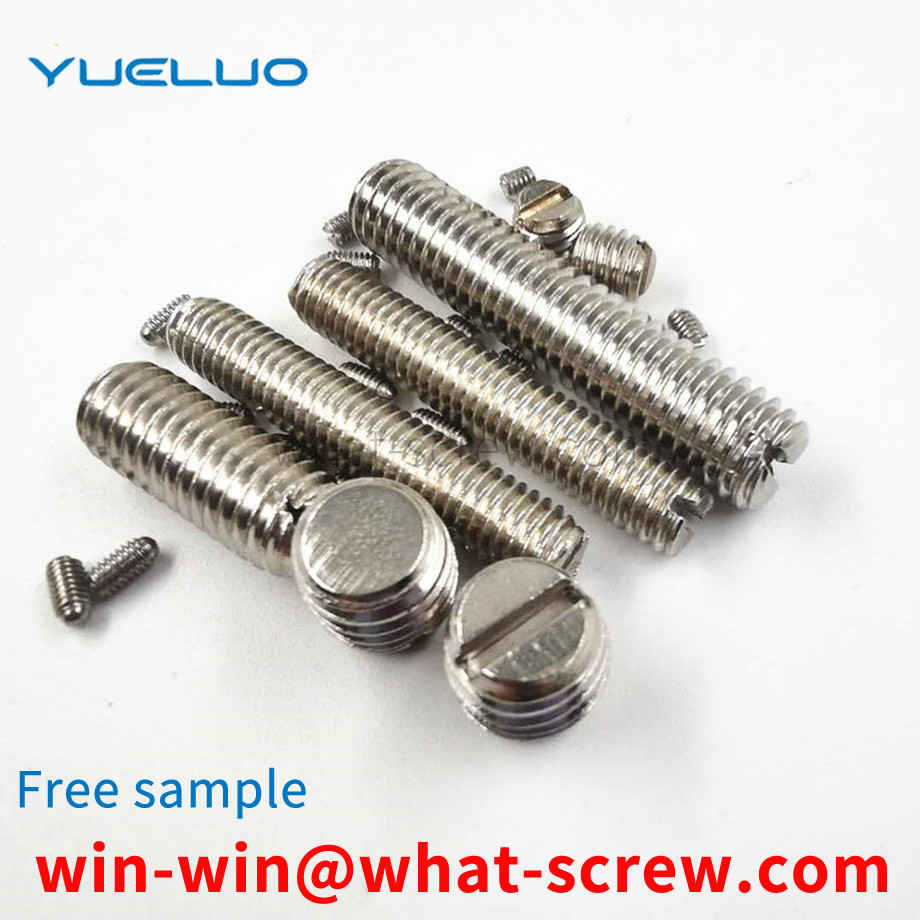
When the nut is tightened on the stud, there will inevitably be an empty upstroke. That is, when the nut has not reached the part that needs to be tightened, the nut needs to be twisted on the non-locking (working) part of the front end of the stud by hand or tool, so that the nut runs along the axial direction of the stud and reaches the part to be locked. . When the idling stroke of the thread at the front end of the stud is long or the thread pitch is small, the idling stroke before locking will waste a lot of time, resulting in a huge occupation of personnel or tools.

The above content is uploaded by Yueluo or the Internet. If there is any copyright issue, please contact [email protected].

What is the tolerance range of precision screws?

How to choose the right stainless steel screw manufacturer?

Why is there an R angle under the head of the hexagon head s...

We have more than ten years of production experience in the ...

We have more than ten years of production experience in the ...
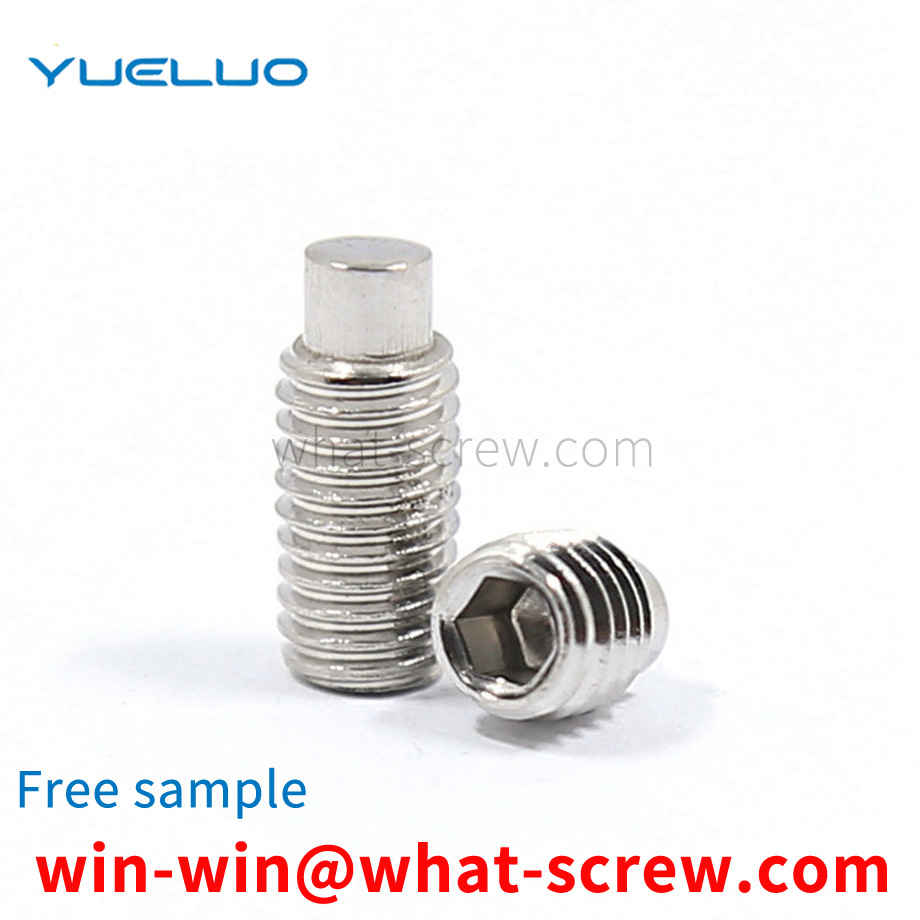
We have more than ten years of production experience in the ...

We have more than ten years of production experience in the ...